15 destinations to cross off your bucket list before they disappear forever
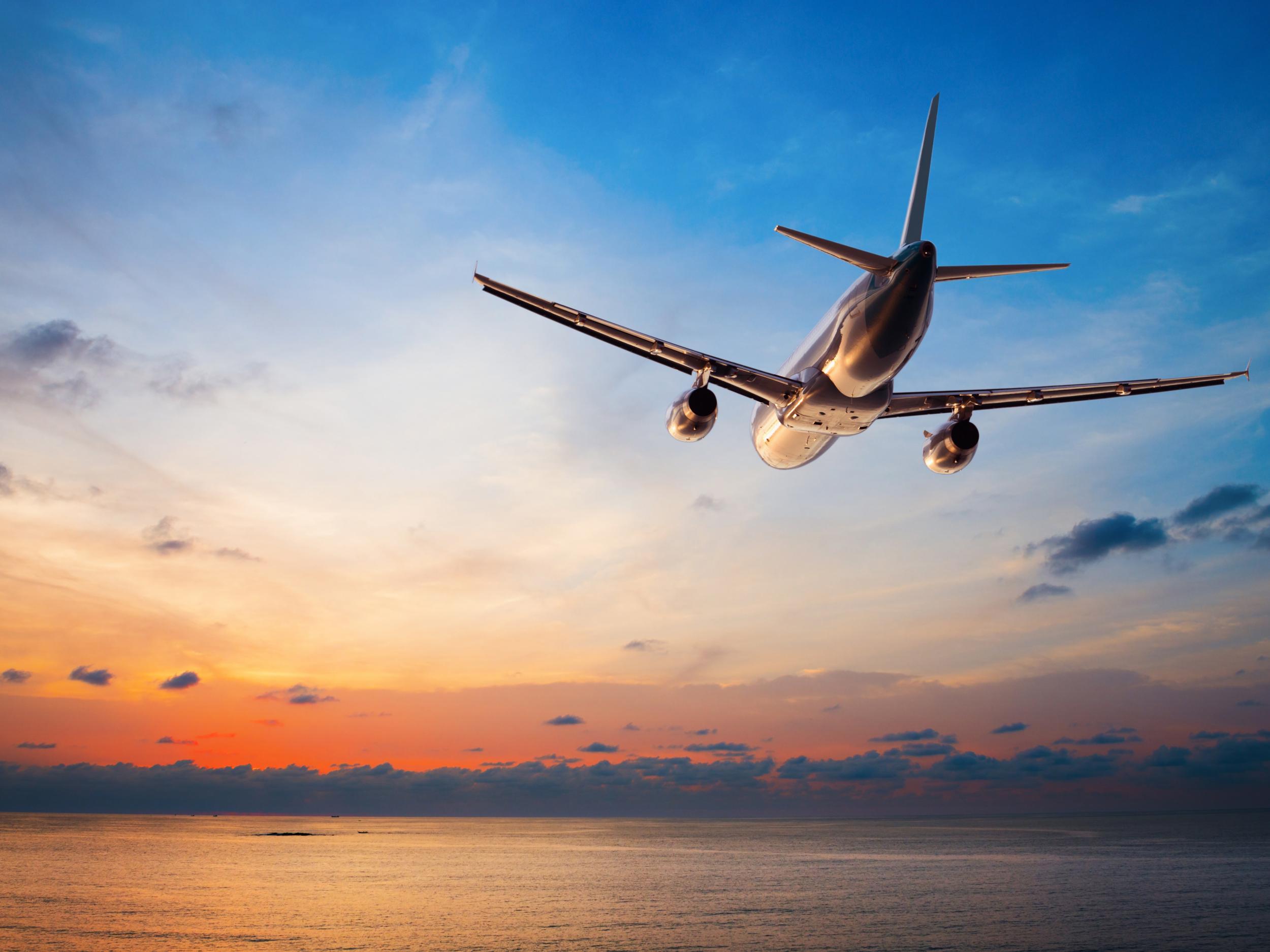
Your support helps us to tell the story
From reproductive rights to climate change to Big Tech, The Independent is on the ground when the story is developing. Whether it's investigating the financials of Elon Musk's pro-Trump PAC or producing our latest documentary, 'The A Word', which shines a light on the American women fighting for reproductive rights, we know how important it is to parse out the facts from the messaging.
At such a critical moment in US history, we need reporters on the ground. Your donation allows us to keep sending journalists to speak to both sides of the story.
The Independent is trusted by Americans across the entire political spectrum. And unlike many other quality news outlets, we choose not to lock Americans out of our reporting and analysis with paywalls. We believe quality journalism should be available to everyone, paid for by those who can afford it.
Your support makes all the difference.If you have a long list of places around the world that you'd like to see, you might need to start prioritising.
There are a whole host of sites that are endangered due to a variety of factors ranging from political upheaval, too many visitors, lack of funds, environmental factors, and so much more.
Because of the precariousness of these sites' futures, the sooner you make the trip to see them, the more likely it is that they'll be there for you to see in all their glory when you do.
Old City of Jerusalem and its Walls, Israel
The Old City of Jerusalem and its walls were added to the UNESCO List of World Heritage in Danger in 1982 after Jordan suggested that the organisation add the site. Jerusalem is a sacred site in Judaism, Christianity, and Islam, and, according to UNESCO, contains 220 historical monuments.
It's because of urban development and city planning, a lack of protection, and other issues that this site is considered endangered, according to Oyster.com. There's some controversy regarding not only the site itself and its cultural value but also with how it's treated.
Tropical Rainforest Heritage of Sumatra, Indonesia
The Tropical Rainforest Heritage of Sumatra, located on the Indonesian island of Sumatra, is home to many endangered and diverse species, but was added to the Unesco List of World Heritage in Danger in 2011. According to the UNESCO website, the Tropical Rainforest Heritage of Sumatra consists of three distinct national parks and has 10,000 plant species, 580 bird species, and 200 mammal species, including the Sumatran orangutan. Protecting the site means protecting those species as well.
Liverpool, England
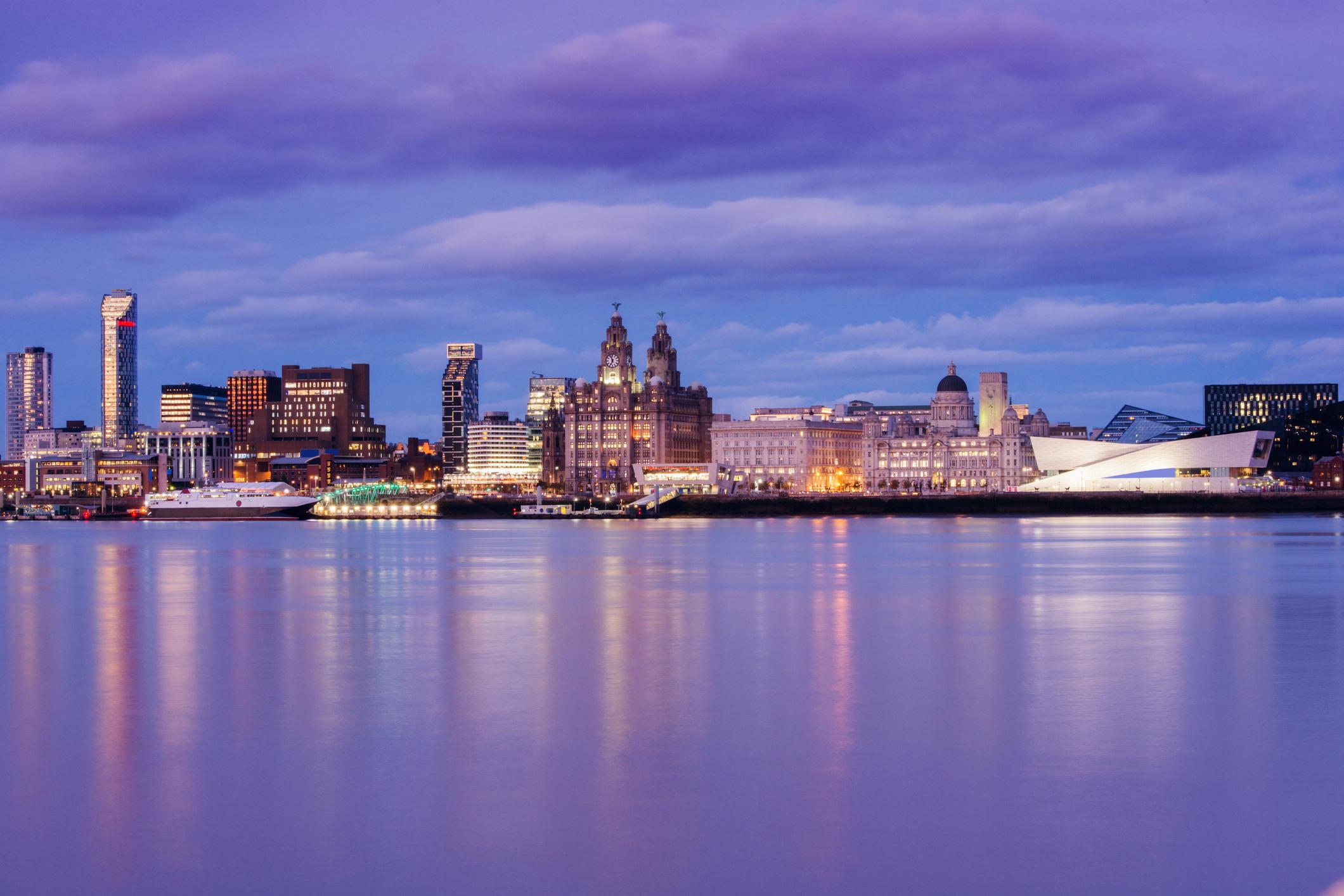
Liverpool helped the British Empire grow into what it was in its heyday. The port was added to UNESCO’s List of World Heritage in Danger in 2012. According to Condé Nast Traveler, while UNESCO requires that the current buildings remain the tallest in the city, urban development and an increasing population threaten to permanently change the port and destroy the way it used to be.
The Everglades, Florida
The Florida Everglades has a huge amount of biodiversity and is an important natural site, but it's in danger. According to Travel + Leisure, UNESCO added the Everglades to its List of World Heritage in Danger for a second time in 2010 after it had initially been on the list from 1993 to 2007 because of the effects of Hurricane Andrew.
The site also houses quite a few endangered species, further increasing its importance. Unfortunately, though, environmental degradation and lots of development threatens the site.
Coro, Venezuela
Coro, Venezuela, and its port were added to the UNESCO List of World Heritage in Danger in 2005. According to UNESCO, the city is the "only surviving example of a rich fusion of local traditions with Spanish Mudéjar and Dutch architectural techniques."
It was added to the list and declared endangered because due to fears surrounding the effects of the Venezuelan oil industry, Travel + Leisure reported. The beautiful city and its port are one of the oldest colonial towns in the region.
Historic Center of Vienna, Austria
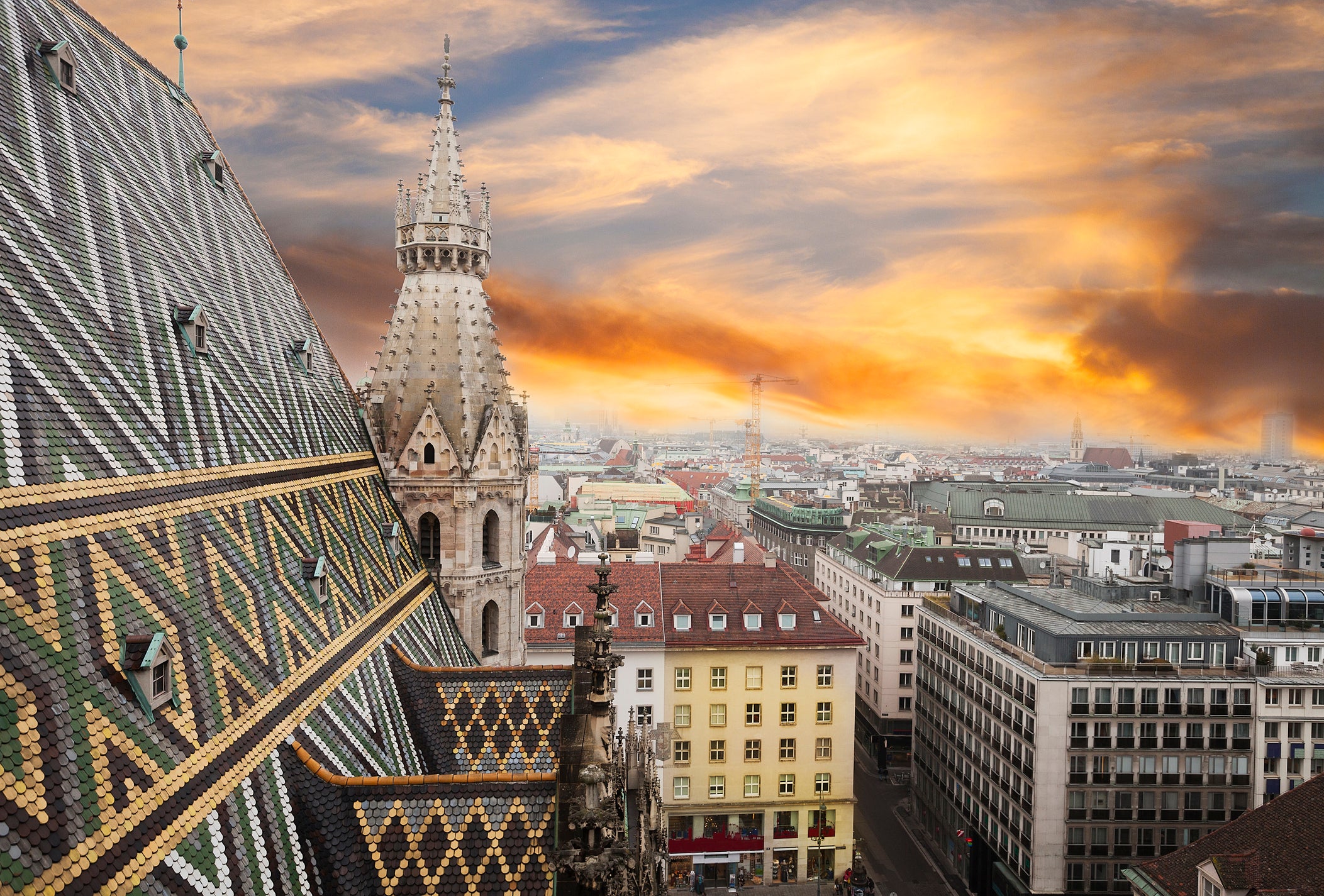
The historic center of Vienna was added to UNESCO's List of World Heritage in Danger in 2017. Because of the risk of modernization that comes along with urban development, there's a chance that the historic center of the city will be irreversibly changed.
With high-rise developments going up regularly, the site — known as the center of one of Europe's most important music and art cities — is losing its history.
Belize Barrier Reef System, Belize
The Belize Barrier Reef System, which was added to the UNESCO List of World Heritage in Danger in 2009, is the largest barrier reef in the northern hemisphere, according to UNESCO.
Belize's coast — and the Belize Barrier Reef System — house many vulnerable, important, and diverse species, and protecting the reef means protecting them too
Potosí, Bolivia
This Bolivian city was added to the UNESCO List of World Heritage in Danger in 2014. According to Condé Nast Traveler, the silver mine in the city was formerly thought to be the largest silver mine in the entire world, and the city showcases a blend of Spanish and native cultures.
However, because of the increase in mining and use of more current technologies, the town's actual foundation is in serious trouble.
Glacier National Park, Montana
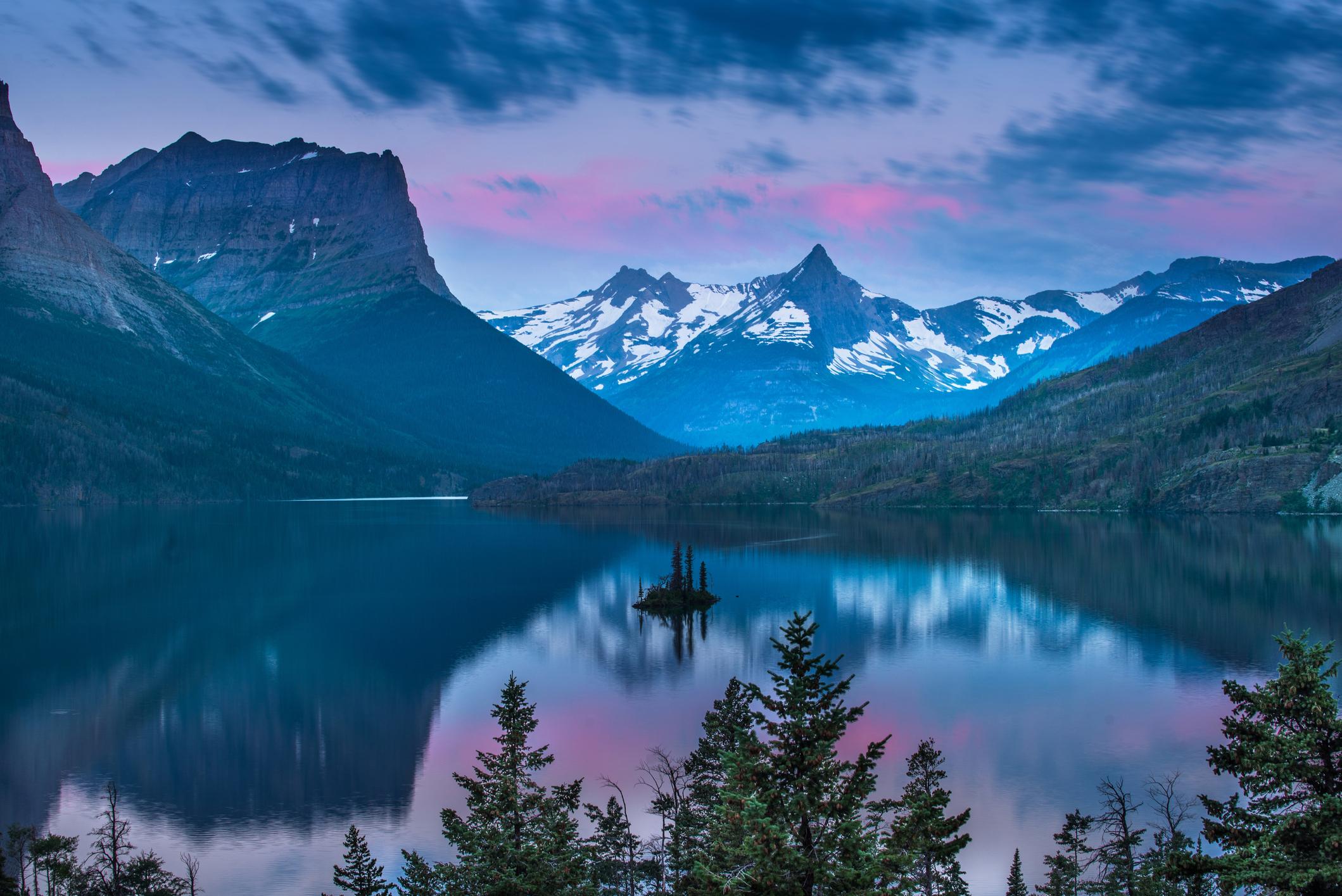
If you've never seen a glacier in real-life, but hope to someday, you might need to make a trip to Glacier National Park in the immediate future. According to Time, although the park used to include over 150 glaciers, that number is now down to around 25.
Not only that, but depending on how quickly climate change progresses, the number could continue to decrease rapidly.
Chan Chan Archaeological Zone, Peru
According to Travel + Leisure, Chan Chan was the capital city of the Chimu Kingdom, who ruled in Peru before the Incas took over. The city was thoughtfully and intricately planned and included nine citadels.
There's some illegal farming taking place in the area and the structures themselves aren't well-protected from the area's extreme weather, so the ancient city is in danger of destruction. It was added to UNESCO's List of World Heritage in Danger in 1986.
The Seychelles
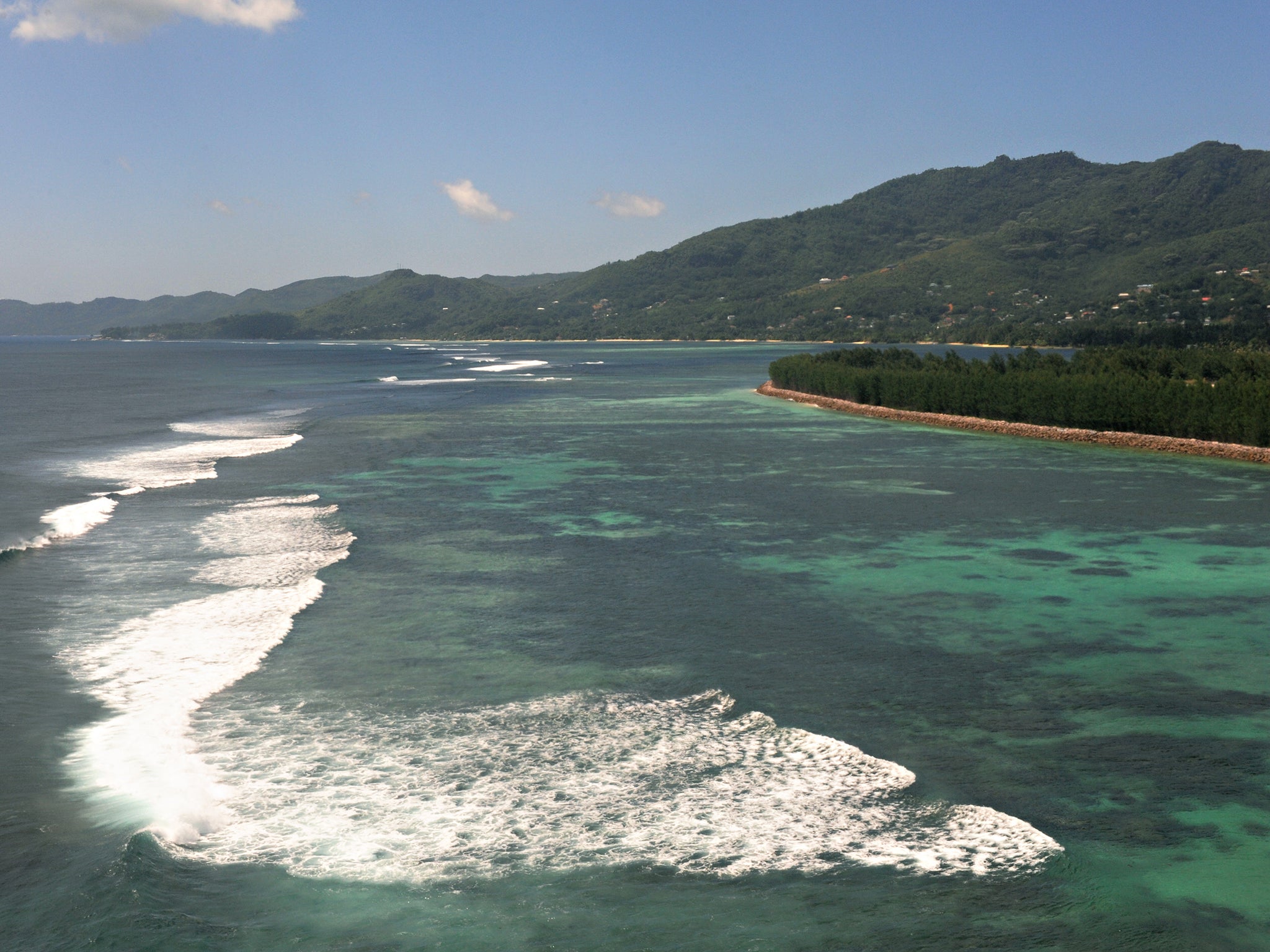
Like the Maldives, the Seychelles, a group of islands in the Indian Ocean, is also dealing with beach erosion. If you want to experience these island oases, time might, unfortunately, be of the essence.
Abu Mena, Egypt
Oyster.com noted that the city of Abu Mena was built in A.D. 296 and that it was added to UNESCO's List of World Heritage in Danger in 2001 because the foundations of the buildings there are primarily made of clay, which are now threatened due to higher water levels.
Selous Game Reserve, Tanzania
The Selous Game Reserve was added to UNESCO's List of World Heritage in Danger in 2014. According to UNESCO, much of the reserve has generally remained untouched by humans. A wide variety of animals ranging from elephants to rhinoceroses to cheetahs, giraffes, and more, all call the game reserve home.
Oyster.com reported that Selous also contains numerous kinds of vegetation, from swamp lands to woodlands and grasslands. It's one of the biggest areas of protected wild land in Africa.
Medieval monuments in Kosovo
Kosovo boasts plenty of medieval architecture, however, those structures endured quite a bit during the unrest in the Balkans in the 1990s.
According to Condé Nast Traveler, the churches and monasteries in the region contain Balkan art from 13th through 17th centuries and still need more work to stabilize them after the war.
The Maldives
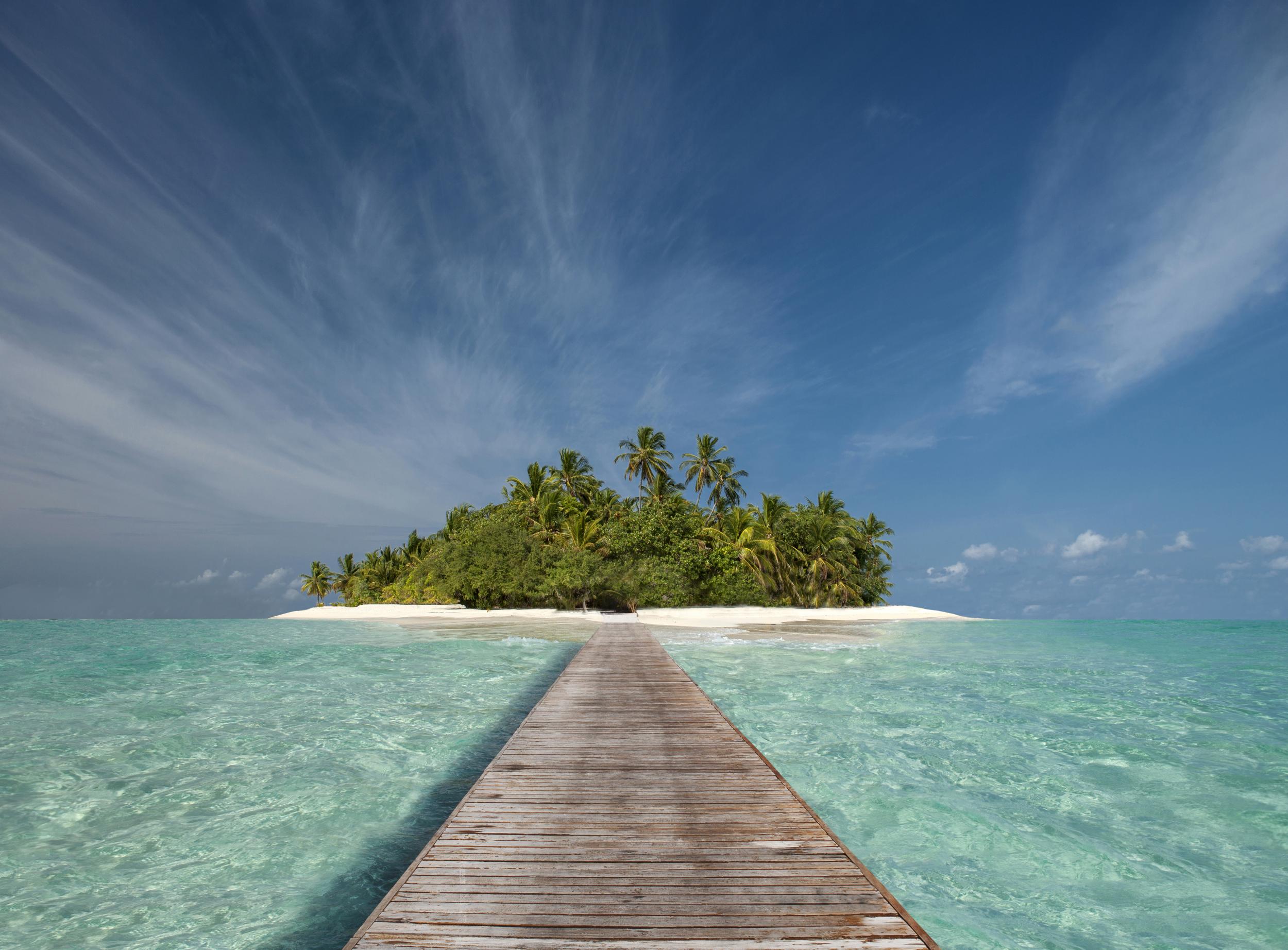
These islands — known as the lowest-lying country on Earth — are seriously susceptible to rising sea levels, meaning they are in big-time danger.
Time reported that The Maldives, which only sit about five feet above sea level, could potentially be completely submerged within the next 100 years if water levels keep going the way they are now.
Read more:
•The best 15 countries to live in around the world
• 15 Hollywood stars who didn't accept their Oscars
• 12 rich, powerful people share their surprising definitions of success
Read the original article on Business Insider UK © 2018. Follow Business Insider UK on Twitter.
Join our commenting forum
Join thought-provoking conversations, follow other Independent readers and see their replies
Comments